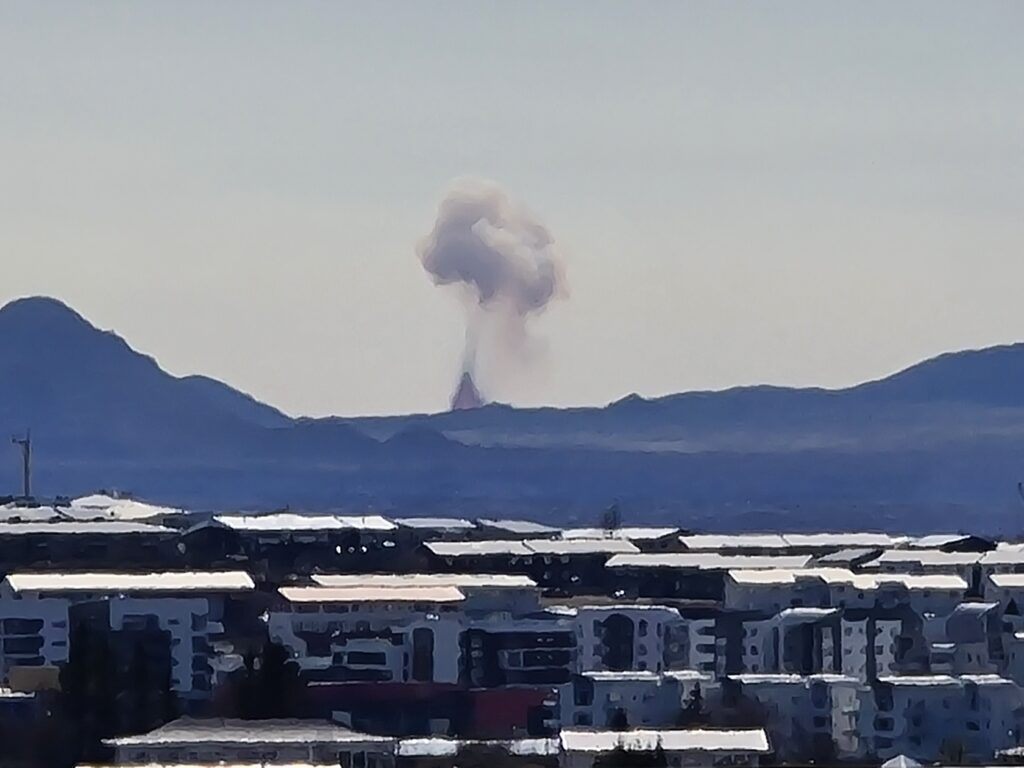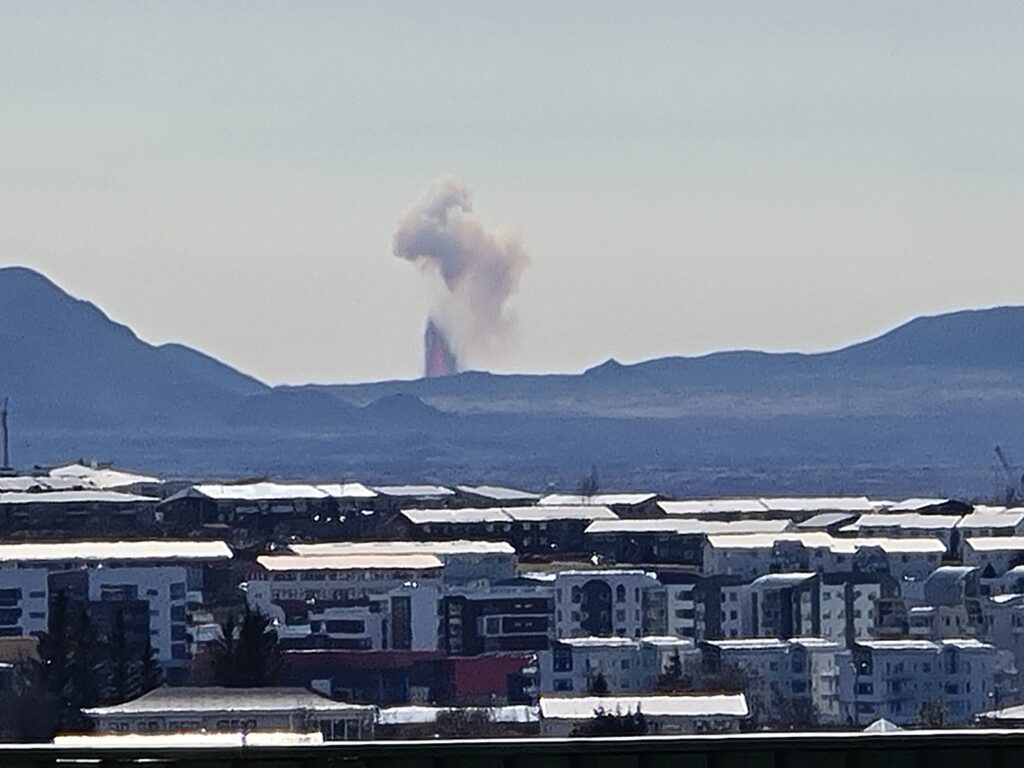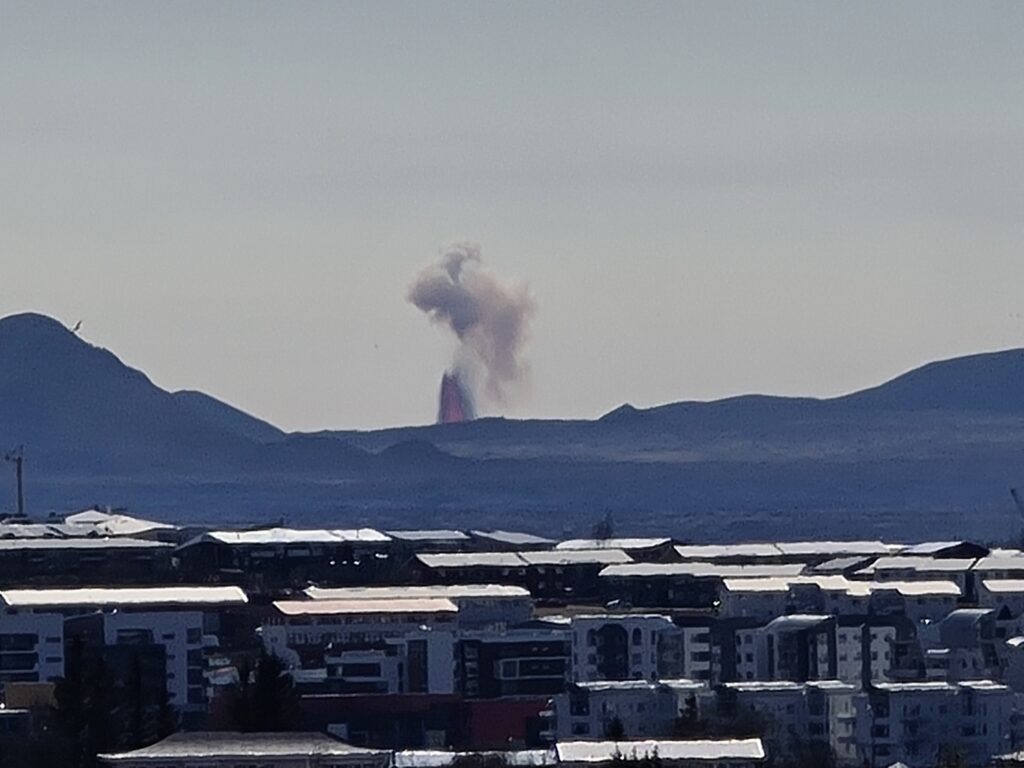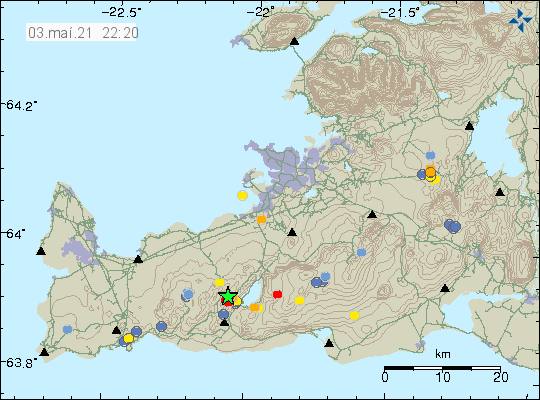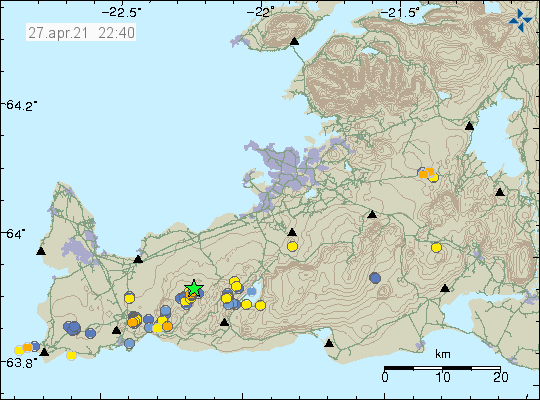This is a short update on the eruption in Fagradalsfjall mountain. It is still classified as Krýsuvík-Trölladyngja volcano eruption. That might change in the future.
- There is no sign of the eruption is about to stop.
- Most of the week the lava was flowing in lava tubes that where invisible from the surface. Today (Friday 18-June-2021) that changed and lava is now again overflowing over the crater.
- The crater remains unstable and collapses from the inside walls are frequents, or used to be. It is possible that for now the amount of lava in the crater is holding the walls up.
- Nátthagi is now flooded with lava and the lava is on its way out of Nátthagi in next few hours to days. There won’t be any attempt made to stop the lava reaching the road or the ocean.
- Geldingadalir valley is now full of lava and has overflowed a little. Lava might flow into Nátthagakriki in next few days, but small dirt walls where pushed up to try and delay that from happening. It is unclear if that worked. But for now the lava has not flowed into that direction.
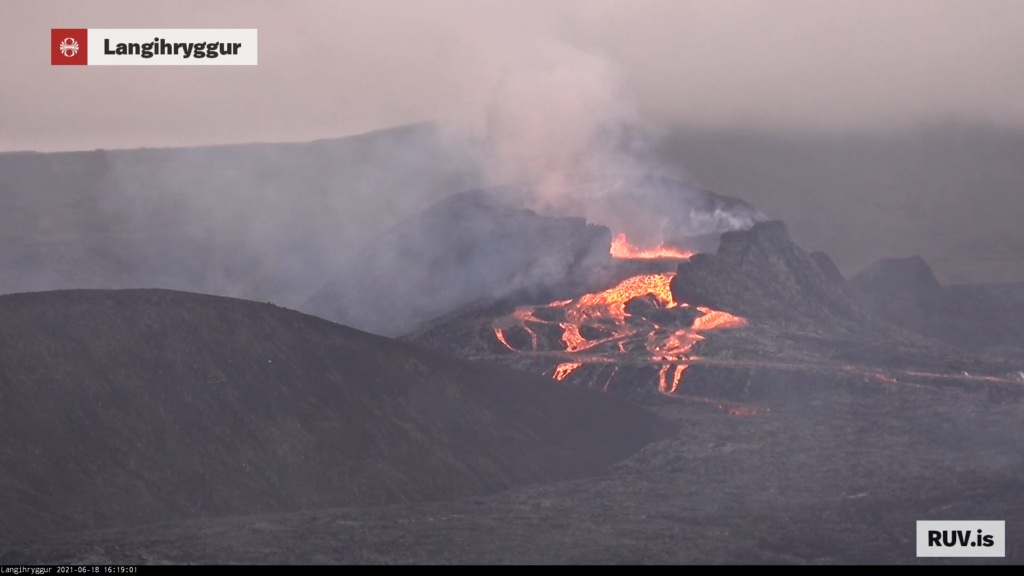
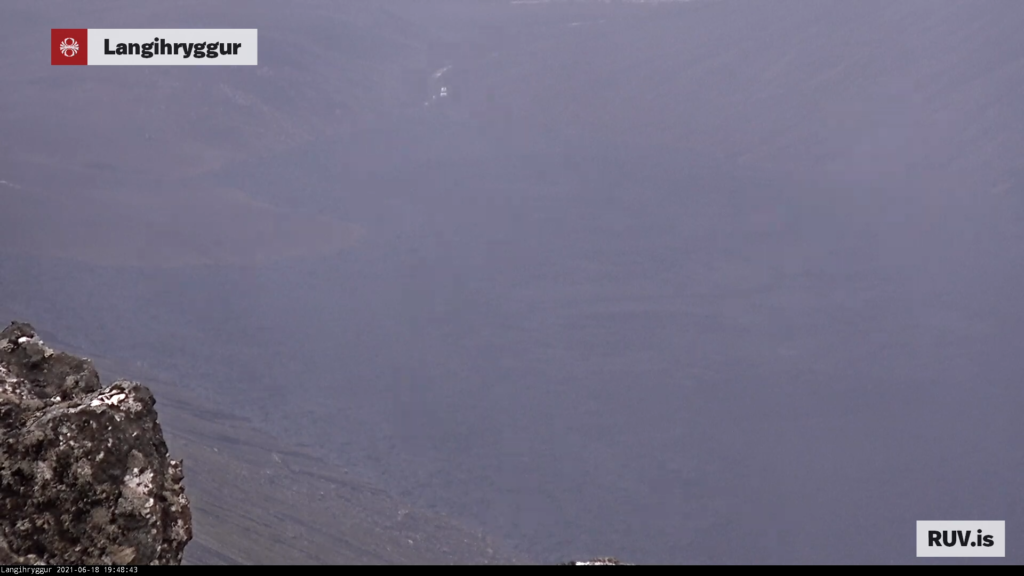
Currently there are no other news about this eruption. Next update should be on 25-June.



